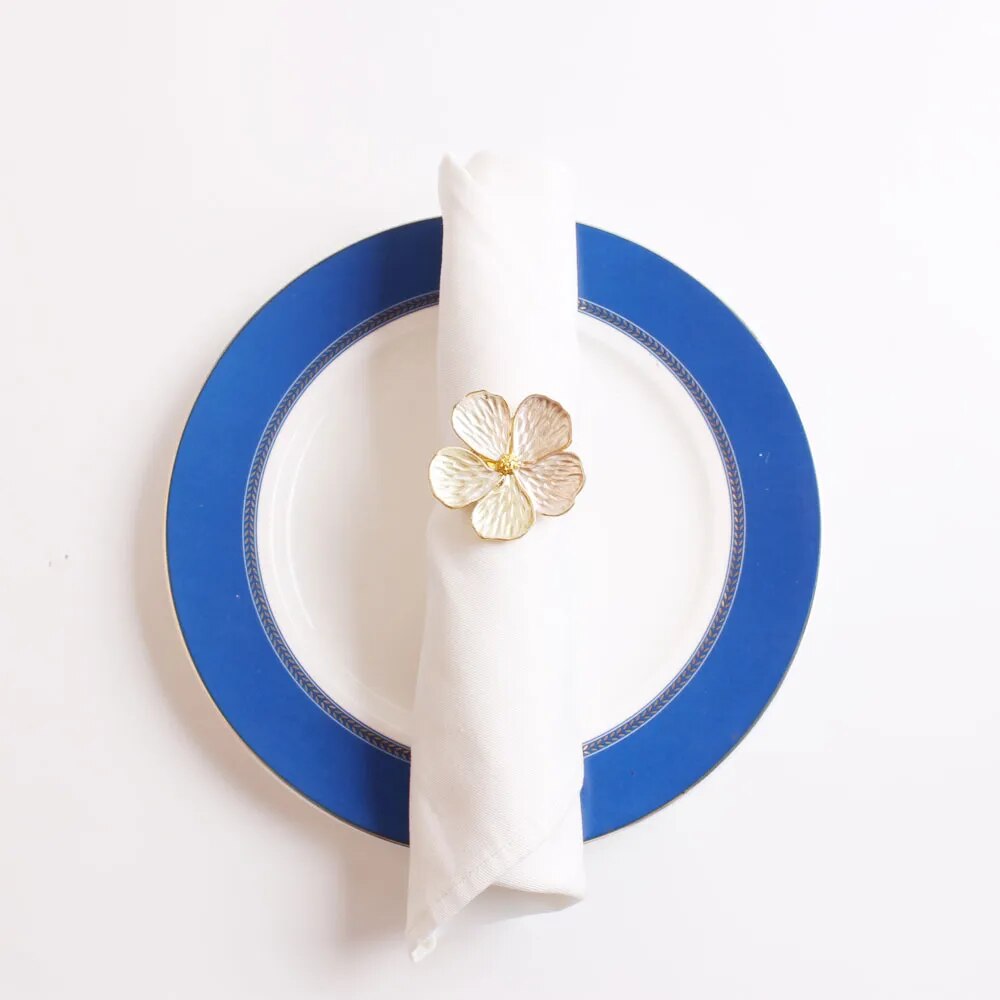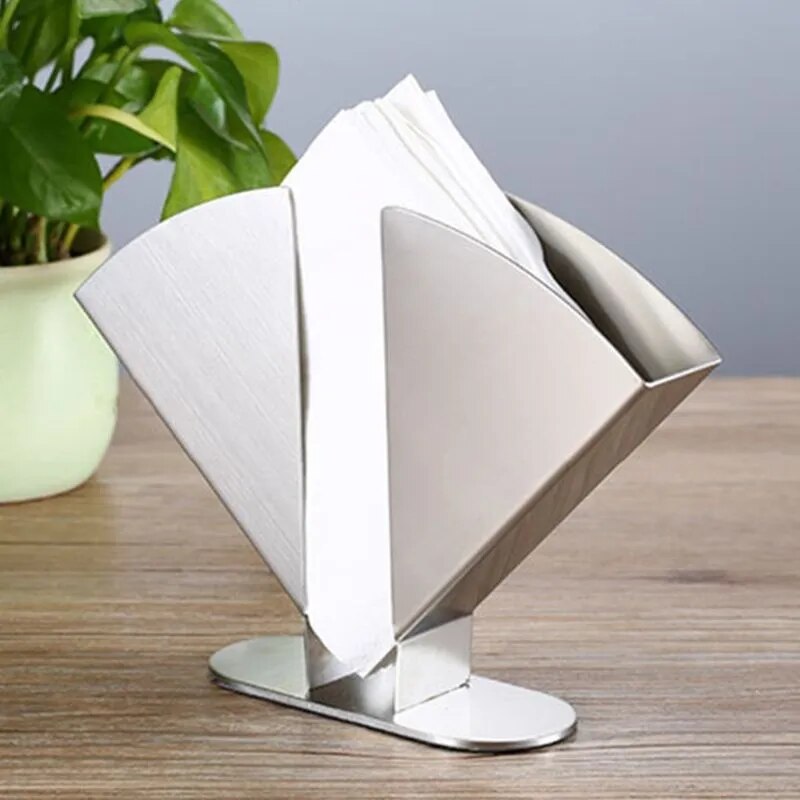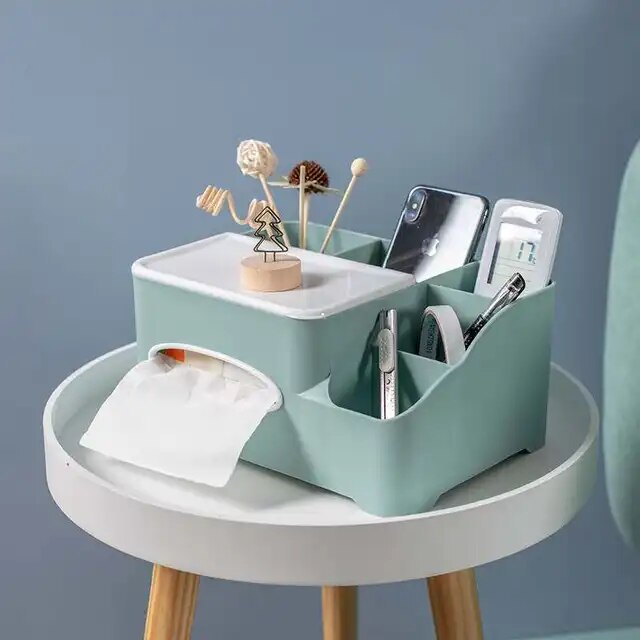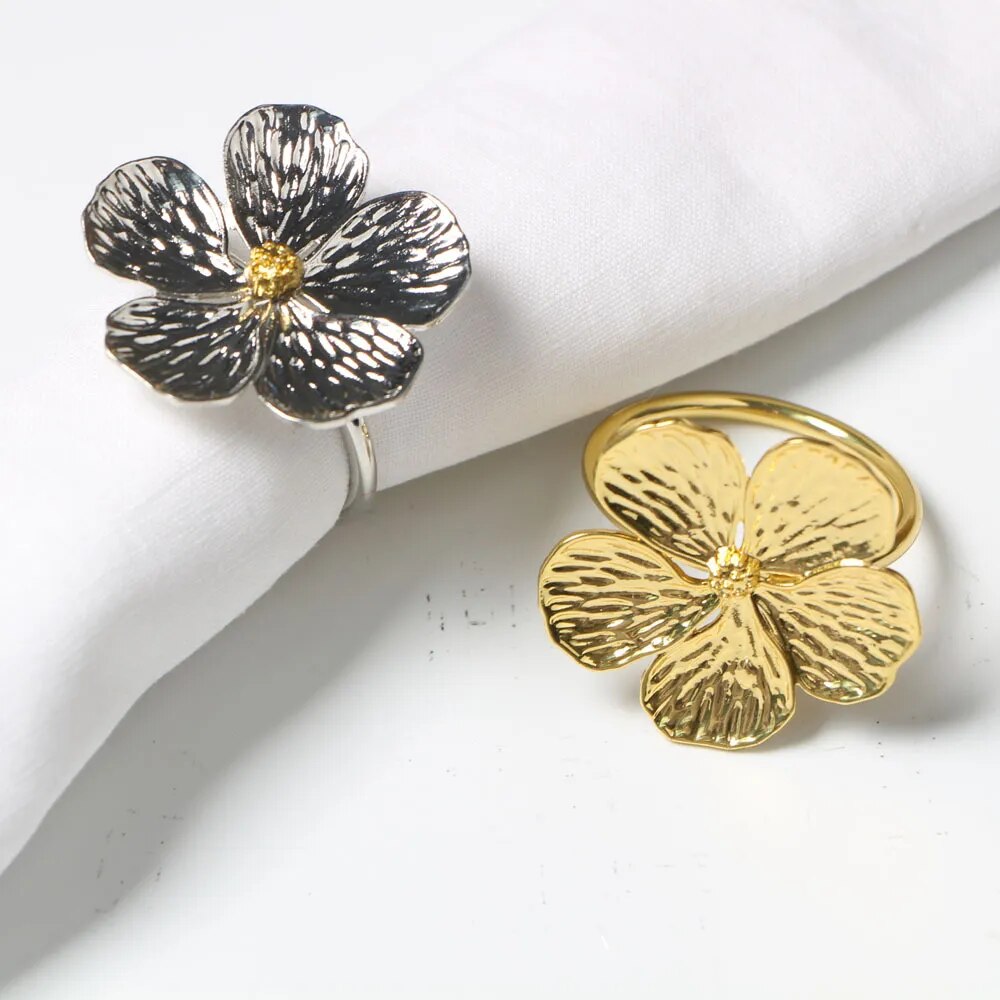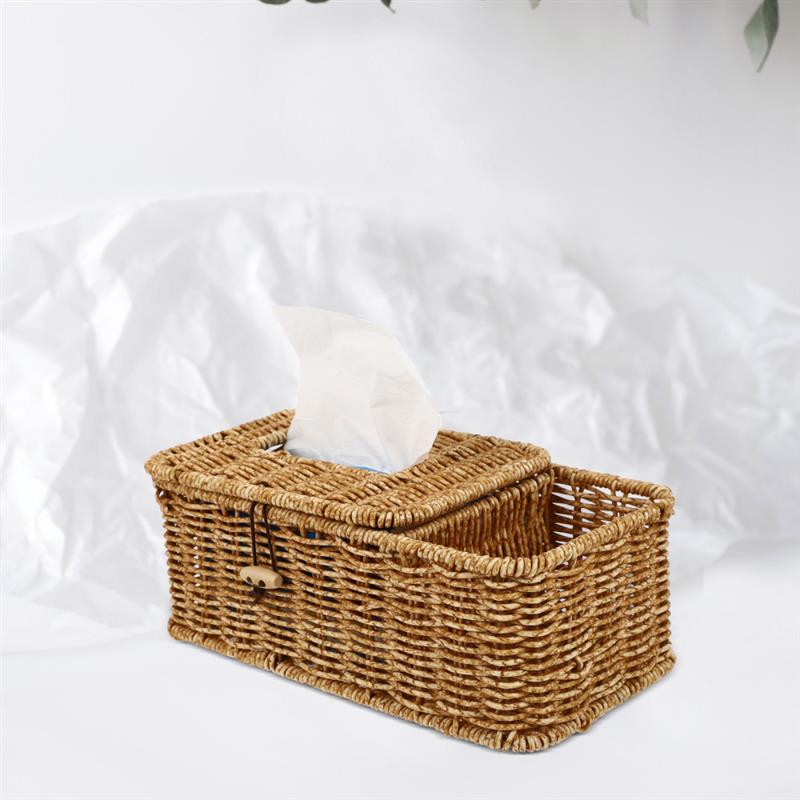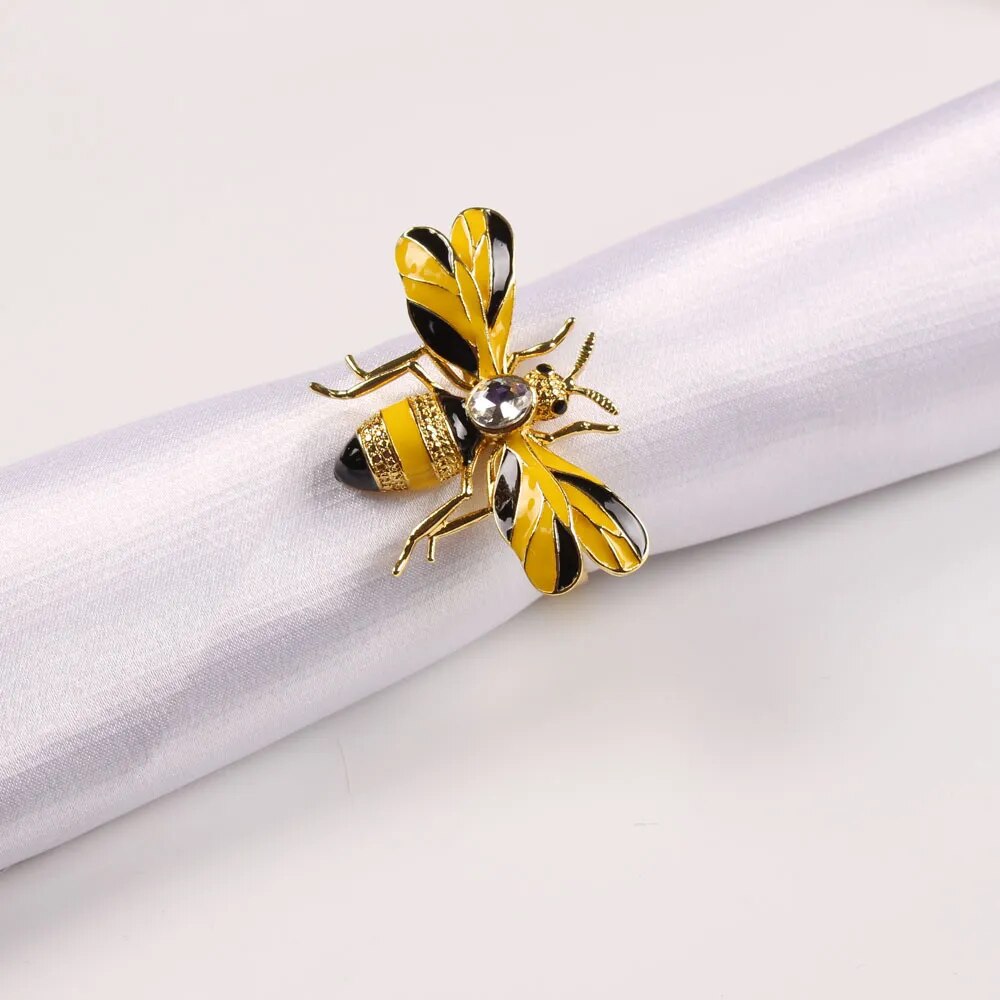
Introduction: The Unspoken Elegance of Napkin Holders
Napkin holders may seem like a small detail in the grand scheme of table settings, but they possess a subtle charm and functionality that can elevate any dining experience. These often-overlooked accessories not only keep napkins neatly organized but also add a touch of sophistication to your table decor. In this comprehensive guide, we’ll delve into the artistry and functionality of napkin holders, exploring their purpose, different styles, and where to find unique options online. Whether you’re hosting a formal dinner party or simply enjoying a meal with family and friends, napkin holders are essential accessories that deserve attention and appreciation.
Understanding the Purpose of Napkin Holders
Napkin holders serve several practical purposes that contribute to a well-organized and elegant dining experience:
- Organization: Napkin holders keep napkins neatly folded and arranged, preventing them from becoming crumpled or scattered across the table.
- Presentation: By holding napkins in place, napkin holders add visual appeal to the table setting, creating a polished and cohesive look that enhances the overall dining experience.
- Functionality: Napkin holders make it easy for guests to access napkins during meals, ensuring convenience and efficiency without compromising on style.
Exploring Different Styles of Napkin Holders
Napkin holders come in a variety of styles, materials, and designs to suit different tastes and table settings. Some popular options include:
- Metallic Elegance: Stainless steel, brass, or silver-plated napkin holders exude timeless elegance and sophistication, making them perfect for formal dinner parties or special occasions.
- Rustic Charm: Wooden or wicker napkin holders add a rustic touch to the table, evoking feelings of warmth and coziness that are perfect for casual gatherings or outdoor dining.
- Modern Minimalism: Sleek and minimalist napkin holders made from acrylic, glass, or marble offer a contemporary aesthetic that complements modern table settings and minimalist decor.
- Novelty and Whimsy: For a playful and whimsical touch, consider napkin holders in fun shapes or designs, such as animals, flowers, or geometric patterns, that add personality and charm to the table.
Conclusion: Adding Elegance and Organization to Your Table
In conclusion, napkin holders are essential accessories that add elegance, organization, and personality to your dining table. Whether you prefer classic sophistication, rustic charm, or modern minimalism, there’s a napkin holder to suit every style and occasion. By understanding their purpose, exploring different styles, and browsing reputable online retailers, you can find the perfect napkin holder to enhance your dining experience and impress your guests with style and sophistication.

